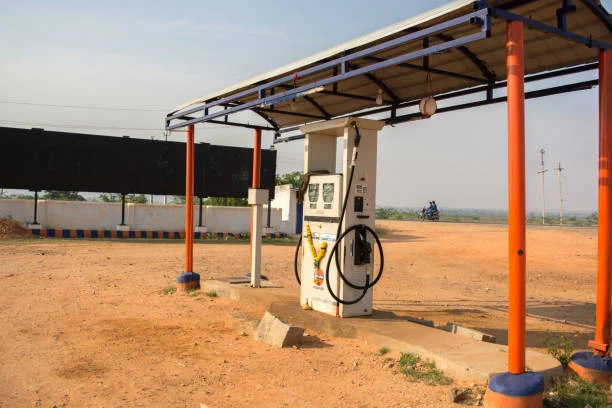Running out of diesel in the middle of nowhere costs more than just fuel. You lose time, productivity, and sometimes equipment if things sit idle too long. That’s why contractors, farmers, and remote operations invest in a portable diesel tank for fuel that travels with them instead of making constant runs back to fixed stations. These units aren’t complicated in theory—you need a container, a pump, and some hoses—but the details matter a lot when you’re dealing with combustible liquids in outdoor conditions. Getting those details wrong means leaks, contamination, theft, or worse. Getting them right means your equipment keeps running without drama.
Tank Construction and Material Choices
Most portable diesel tanks use double-walled construction now, even when regulations don’t strictly require it. The space between walls catches leaks before they reach the ground, which matters both for environmental compliance and for not losing expensive fuel. Steel tanks can last decades if properly maintained, but they’re heavy and they rust. Aluminum costs more upfront but weighs less, which matters when you’re loading and unloading tanks regularly. Some operations prefer high-density polyethylene because it won’t corrode, though UV exposure remains a concern for long-term outdoor storage.
Capacity usually falls between 200 and 2000 liters for truly portable units. Anything bigger stops being something you can reasonably move with a forklift or small crane. The weight adds up fast—diesel runs about 0.85 kg per liter, so a 1000-liter tank holds 850 kg of fuel before you account for the tank’s own weight.
A related post worth your time—explore ideas that align with your interests.
Pump Systems That Actually Work in the Field
Gravity-fed systems work, but they’re slow and need elevation. Most portable tanks use either 12V or 240V pumps, depending on what power sources are available on site. Flow rate matters more in practical terms than people realize. A pump pushing 40 liters per minute fills a 200-liter excavator tank in five minutes. Drop that to 20 liters per minute and you’ve doubled your refueling time, which compounds across a fleet over weeks and months.
Rotary vane pumps handle dirty fuel better than centrifugal pumps, which matters because diesel in real-world conditions isn’t always clean. Filters between the tank and pump catch the big stuff, but you still want a pump design that can handle some particulate without seizing. Self-priming capability is basically mandatory—nobody wants to manually prime a fuel pump every time they need to refuel.
Compliance and Safety Features That Matter
Australian regulations around fuel storage are specific, and they vary somewhat between states. Generally, tanks over 200 liters need proper labeling, adequate ventilation, and spark-proof electrical components. Some jurisdictions require lockable caps to prevent unauthorized access or theft. Fire extinguisher mounting points make sense even when they’re not strictly required.
Automatic shut-off nozzles prevent overfilling and fuel spills. They work on the same principle as petrol station nozzles—when the tank being filled reaches capacity, the nozzle senses it and stops fuel flow. It’s a simple mechanism but it prevents the surprisingly common problem of walking away from a refueling operation and coming back to fuel all over the ground.
Contamination Prevention in Storage
Water is diesel’s enemy. Temperature swings cause condensation inside tanks, and that water sinks to the bottom where it promotes microbial growth. Those microbes form sludge that plugs filters and corrodes injectors. Proper tank design includes a sump area at the bottom where water collects, plus a drain valve positioned to purge that water without losing significant fuel. Some operators drain a cup or two from their tank weekly just to check for water presence.
Explore more opportunities waiting for you in our latest handpicked articles.






